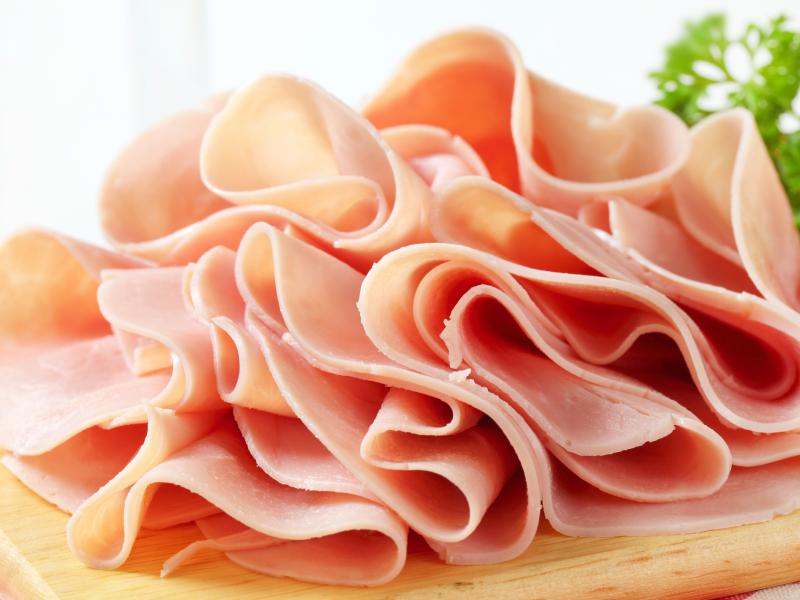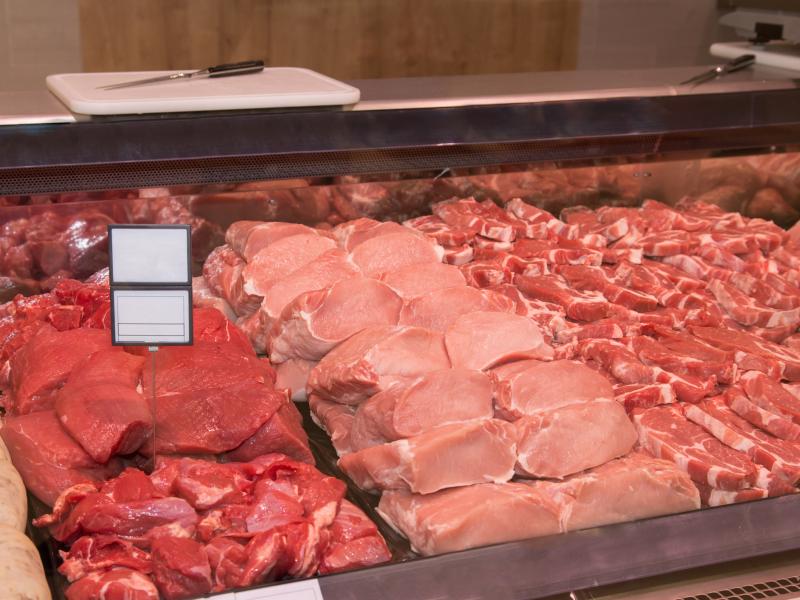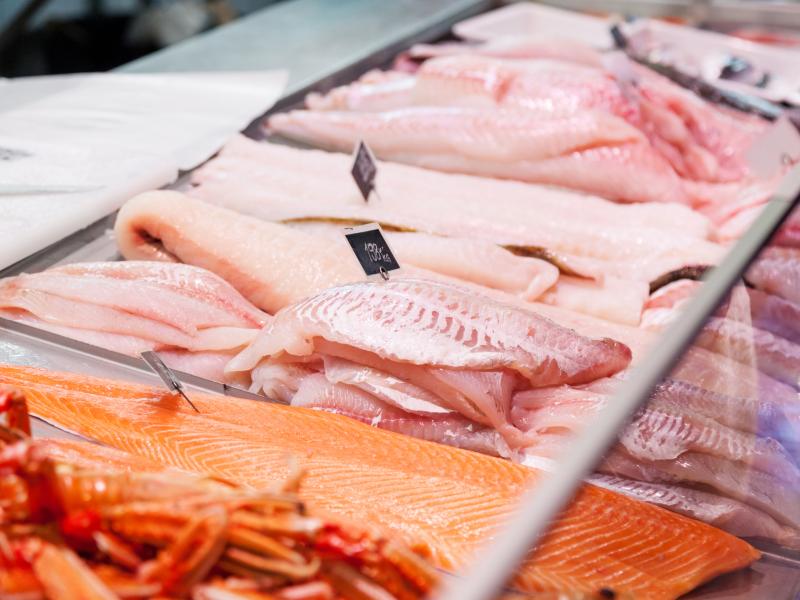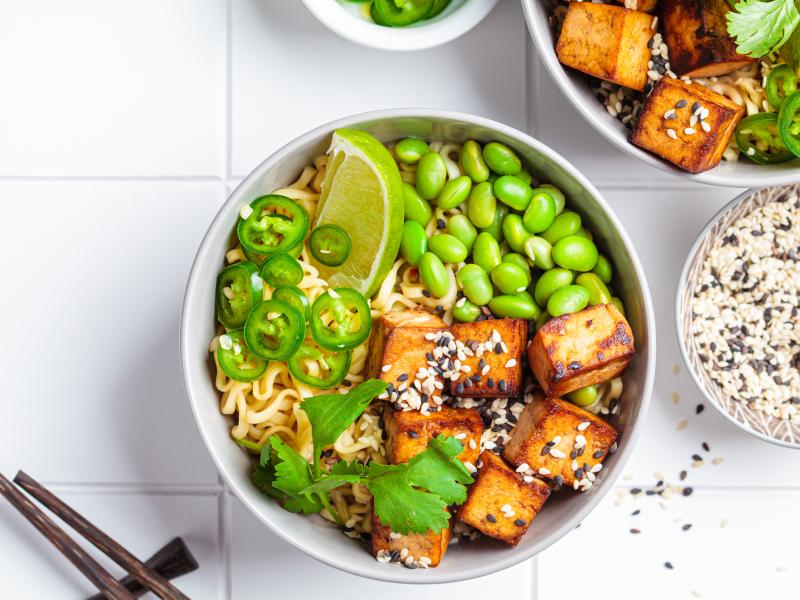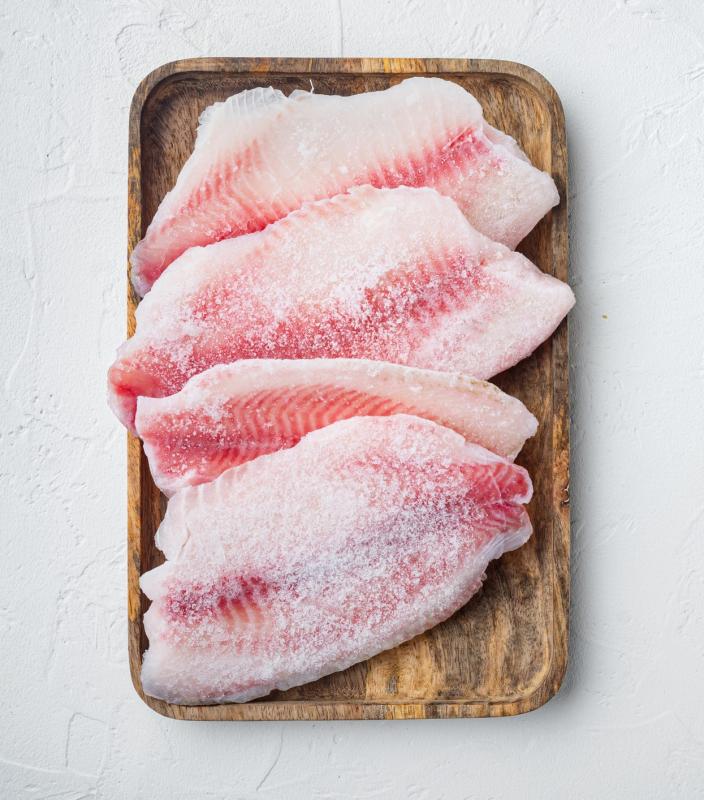Protein helps build muscles, repair cells, and keep hair, skin and nails in good shape. Protein options can be found all over the grocery store. For example, meat and beans in the canned and frozen food aisles, milk products and eggs in the dairy section, and dry beans and lentils in the dry goods and bulk foods sections. But during this tour, we will mainly focus on protein foods found in the meat and deli department, as well as tofu and meat substitutes.
Play the Meat & Proteins Game
Deli
The deli section is great for quick meals like sandwiches or easy dinners. You’ll find sliced meats, cheeses, rotisserie chicken, and ready-to-eat sides in the deli.

Deli Department: Know Before You Go
- Choose deli meat options that are lower in fat and sodium. Turkey, chicken, lean ham, and roast beef are typically leaner choices. Salami, bologna, pastrami, and other pressed and formed meats tend to have higher fat content.
- Check out the prices on rotisserie chicken while in the deli department. While they may be a little higher in sodium, they can simplify your meal prep. Rotisserie chicken can be the centerpiece of your dinner or used as an ingredient in soups, casseroles, and chicken salad.
- There are usually many prepared side dish options in the deli. Aim for side dishes that are full of fruits or vegetables. Bonus if the dressing used is oil or vinegar-based versus mayonnaise or cream-based dressings.
Meat Department
The Meat Department has lots of protein choices that vary in price and nutrition. For this part of the tour, we will focus primarily on how to find lean cuts of meat.
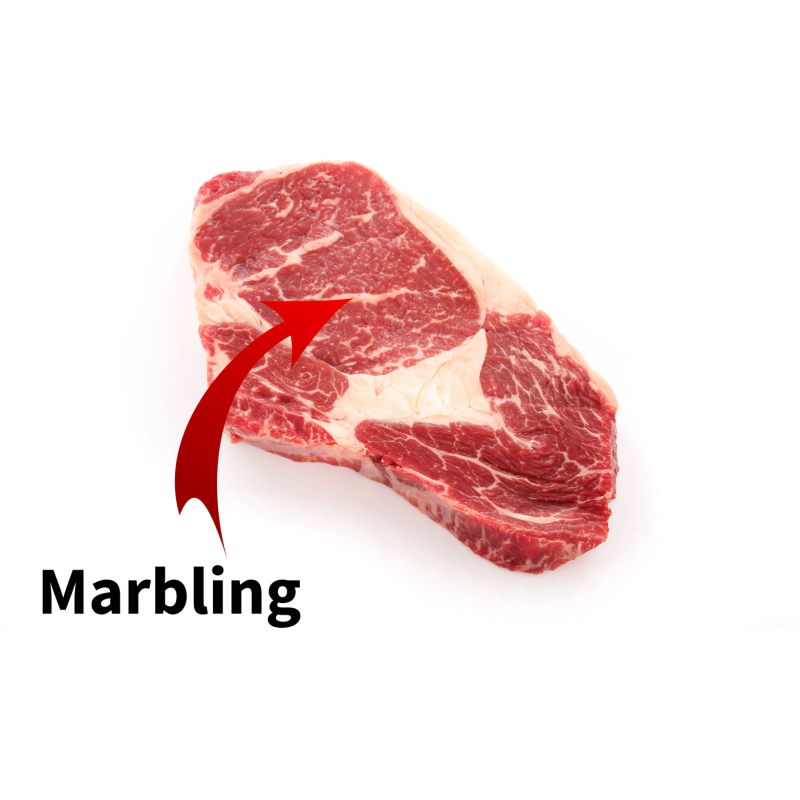
Choose leaner cuts of meat when you can. The leaner cuts of meat include chuck, round, and loins. Skinless poultry is also a lean protein option in the meat department. Look for cuts with the least amount of marbling, which is the white streaks throughout the meat.
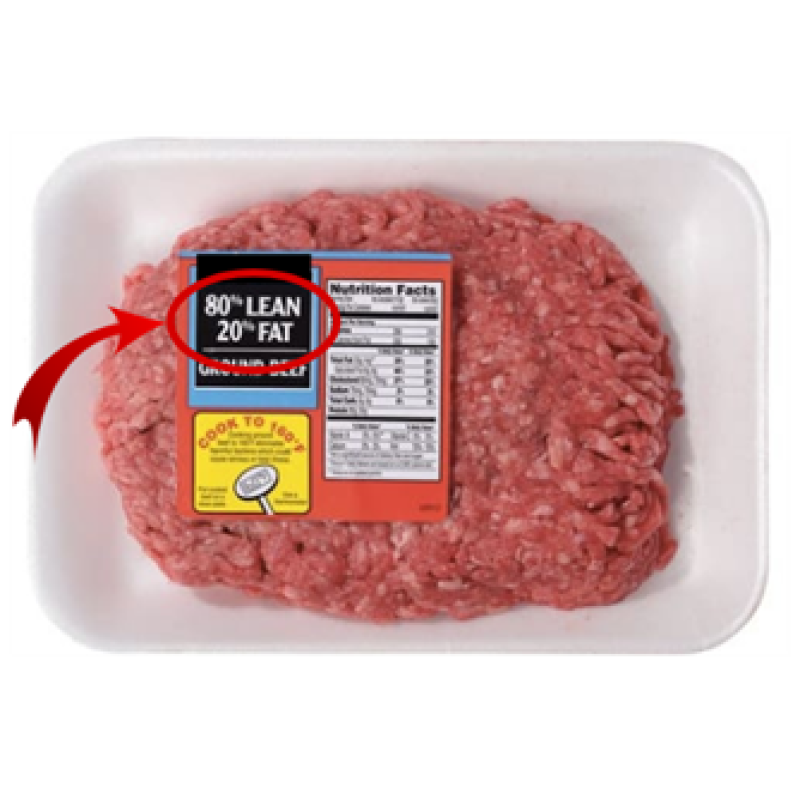
When shopping for ground meats, look at the percentage printed on the package, which tells you how lean the meat is. For example, ground beef or turkey with 85/15 printed on the package means it is 85% lean, 15% fat.
- To save on the higher cost of leaner cuts, look for “butcher bundles,” “family packs” and “value packs”. Meat freezes well, so buying larger quantities can sometimes be a better deal if you have the freezer space to store it.
- Lower-fat cuts of meat can sometimes cost more, but there are other ways to reduce the fat in meat. You can trim the white fat off the outside of meat. You can also choose lean cooking methods such as baking, broiling, or grilling.
- Ask the butcher for help; they can usually cut meat into smaller portions for free.
Fish and Shellfish
Fish may not be the first item you think of in the meat department, but you can find many types of fish in the seafood section of your store’s meat department, as well as in the frozen foods and canned sections. The American Heart Association recommends eating at least two servings of fatty fish per week. Some of the best sources of omega-3-rich fish include: anchovies, herring, mackerel, cod, salmon, sardines, tuna, and whitefish.


